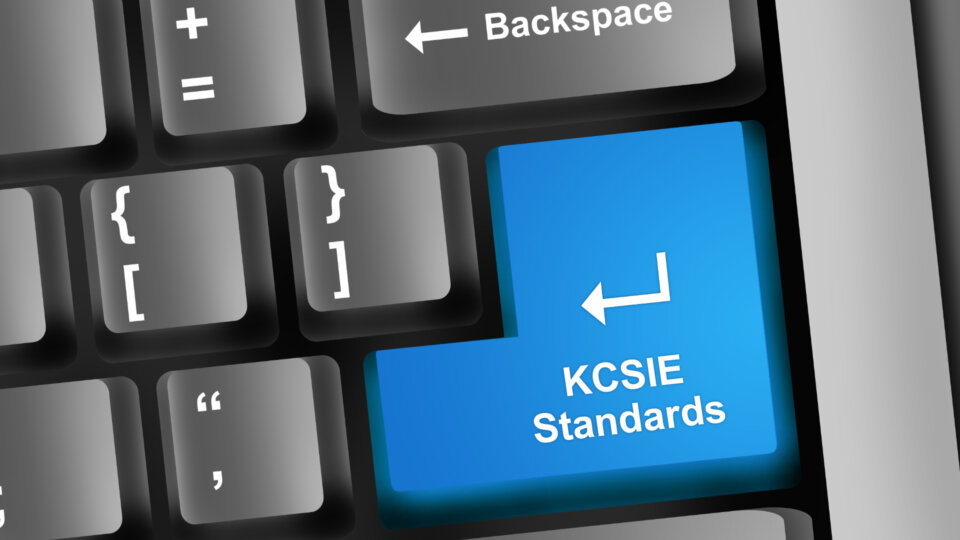
Maintaining the security and compliance of school’s systems is paramount. Some educational settings in the UK still rely on Windows Server 2012 and 2012 R2. These operating systems are approaching their End of Life status on October 10, 2023. This milestone carries several implications that should be considered from a professional standpoint:
- Termination of Technical Support: Microsoft will cease providing technical support for Windows Servers 2012/2012 R2. This means that there will be no official assistance available from Microsoft for any issues or inquiries related to the product.
- Discontinuation of Security Updates: Microsoft will no longer release security updates for Windows Servers 2012/2012 R2. This absence of patches and fixes leaves the operating system vulnerable to new security threats and exploits, posing a significant risk to the server’s security and the data it holds.
- Cessation of Non-Security Updates: Along with security updates, Microsoft will also stop providing non-security updates for Windows Servers 2012/2012 R2. This includes feature enhancements, performance improvements, and other updates that contribute to the overall stability and functionality of the operating system.
- Elimination of Bug Fixes: With the End of Life status, Microsoft will no longer address or resolve any reported bugs or issues specific to Windows Servers 2012/2012 R2. This can lead to the persistence of known problems, potentially impacting the server’s performance and stability.
- Potential Withdrawal of Support from Security Suppliers: Security suppliers, such as Sophos and others, are likely to remove their support for Windows Servers 2012/2012 R2. This means that security software, tools, and services provided by these vendors may no longer be compatible or available for the outdated operating system.
- Withdrawal of Browser Support: Major browsers like Edge and Chrome are likely to withdraw their support for Windows Servers 2012/2012 R2. This can result in compatibility issues, limited access to new features, and potential security vulnerabilities when browsing the web.
As Windows Servers 2012/2012 R2 become increasingly vulnerable to attacks and potential compliance risks, it is essential to prioritise the migration to newer server versions.
What If You Can’t Upgrade Right Now?
Microsoft has extended the deadline to allow customers ample time to transition to a supported server version and mitigate the associated risks. So, if you’re unable to upgrade right now, there is a short term option to help protect you from security risks – Microsoft offers an annual Extended Security Updates (ESU) package, which includes:
- Essential Security Updates
- Non-security updates
However, it’s important to know that ESUs do not include:
- new features
- tech support
- non-security hotfixes
- design change requests
Support for the Windows 2012 ESU package will end on October 13, 2026.
Our partner, Sophos is offering Extended Support for Windows Servers 2012/2012 R2 until 31 March 2025. Contact us to find out more details of this support.
How should the school prepare for an upgrade?
When planning to upgrade each Windows Servers 2012/2012 R2, it is important to consider the following factors:
- Downtime: The servers will require scheduled downtime during the upgrade process. This is necessary to ensure a smooth transition to the new operating system.
- Software Costs: Clients will need to purchase new licenses for either Windows Server. These costs should be taken into account when budgeting for the upgrade.
- Host Hardware: Before upgrading, it is essential to conduct pre-upgrade checks on the host hardware to ensure compatibility with new Windows Server. This will help avoid any potential performance issues or compatibility conflicts.
- In-Place Upgrade: Although in-place upgrades are possible, they are not recommended. Upgrading a server in-place brings over any existing issues and can potentially lead to upgrade failures or incorrect configurations. It is generally advisable to replace each server with a newly built Windows Server.
- Third-Party Involvement: It is crucial to involve third-party vendors such as SIMS, Paxton, and other suppliers if their software or services are running on the servers being upgraded. They may need to perform backups, reconfigure their software, or provide support during the migration process.
Considering these factors will help in the process of a successful and efficient transition to the newer Windows Server version.
While Windows Servers 2012/2012 R2 might have served educational institutions well in the past, continuing to rely on these outdated systems in the UK education sector poses significant risks. Security vulnerability, non-compliance with the governments data protection guidelines and issues with accessibility requirements are all compelling reasons to upgrade to a supported and up-to-date server operating system. By installing newer technologies, educational institutions can ensure the security of their data and take advantage of the latest innovations to enhance teaching and learning experiences.
Contacting your IT supplier would be beneficial to help making the journey of upgrading your school’s operating system easy.


